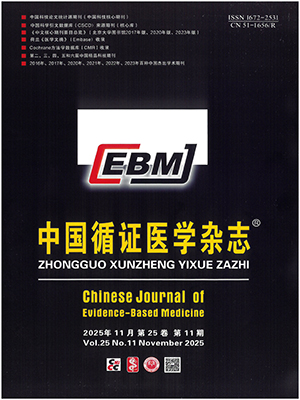Objective To systematically review the clinical effectiveness and safety of programmable valves (PV) vs. standard valves (SV) for hydrocephalus.
Methods Literature search was conducted in PubMed, The Cochrane Library, EMbase, CNKI, CBM, VIP and WanFang Data to collect both randomized controlled trials (RCTs) and non-randomized concurrent controlled trials on hydrocephalus treated by PV and SV published from January 1992 to January 2012. According to the inclusion criteria, two reviewers independently screened articles, extracted data, and evaluated and cross-checked the quality of the included studies. Then meta-analysis was performed using RevMan 5.0 software.
Results A total of 11 non-randomized concurrent controlled trials involving 1,485 participants were included. The results of meta-analysis showed that, compared with SV, PV was superior in overall effective rate (RR=1.14, 95%CI 1.03 to 1.27, P=0.01), 2-year survival rate (RR=1.25, 95%CI 1.04 to 1.51, P=0.02), secondary surgery rate (RR=0.53, 95%CI 0.39 to 0.73, P lt;0.001), overall complications rate (RR=0.62, 95%CI 0.51 to 0.76, P lt;0.001), and over-drainage/ under-drainage rates (RR=0.42, 95%CI 0.21 to 0.83, P=0.01). But there were no significant differences in 1-year survival rate (RR=1.04, 95%CI 0.91 to 1.19, P=0.55), postoperative infection rate (RR=1.08, 95%CI 0.73 to 1.60, P=0.71) and valve related complication rate (RR=0.80, 95%CI 0.56 to 1.21, P=0.20) between the two groups.
Conclusion Current evidence suggests that PV is superior to SV in increasing the effective rate, decreasing complications, and prolonging the long-term survival rate. Because of the limitation of quantity and quality of the included studies, more high quality, multicenter and double-blind RCTs are needed to prove whether PV can be clinically recommended as a preferred drainage surgery or not.
Citation: XU Hao,WANG Zhanxiang,CHEN Donghan,ZHANG Shaolin,GUO Jianfeng,TAN Guowei,CHEN Sifang,ZHU Hongwei. Effectiveness of Programmable Valves for Hydrocephalus: A Systematic Review. Chinese Journal of Evidence-Based Medicine, 2013, 13(1): 78-85. doi: 10.7507/1672-2531.20130015 Copy
Copyright ? the editorial department of Chinese Journal of Evidence-Based Medicine of West China Medical Publisher. All rights reserved




